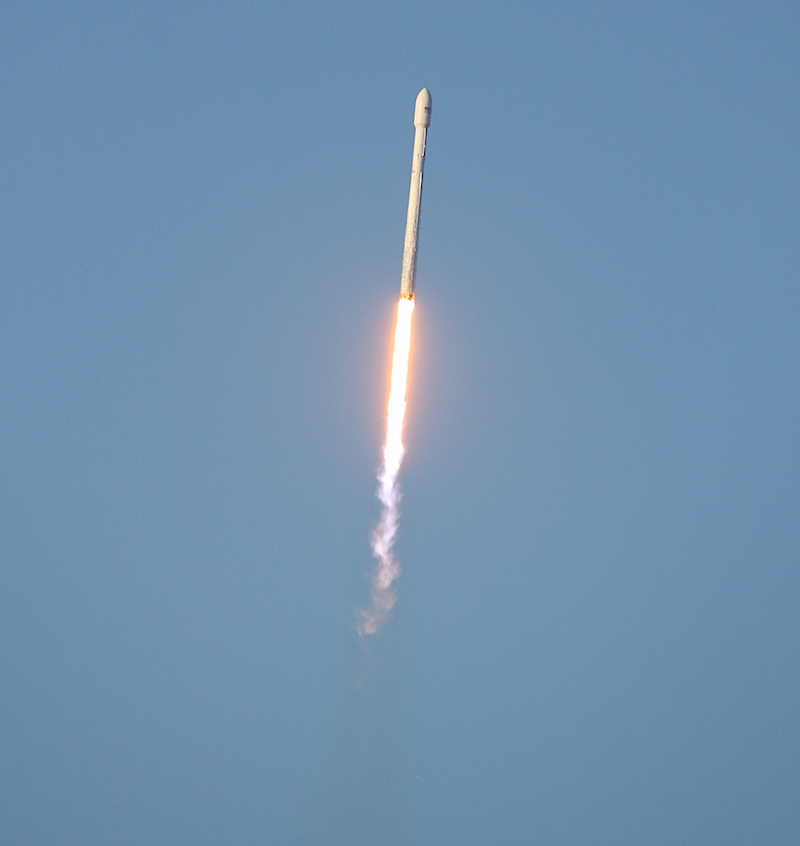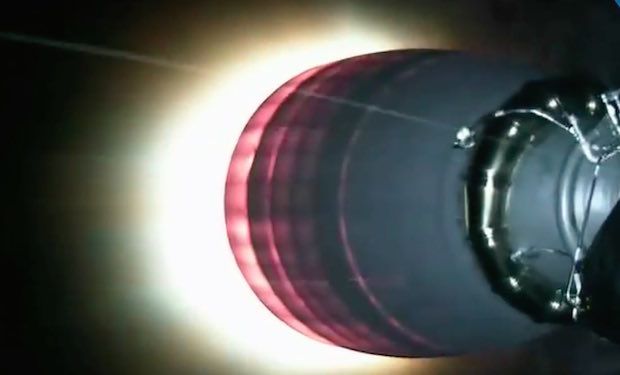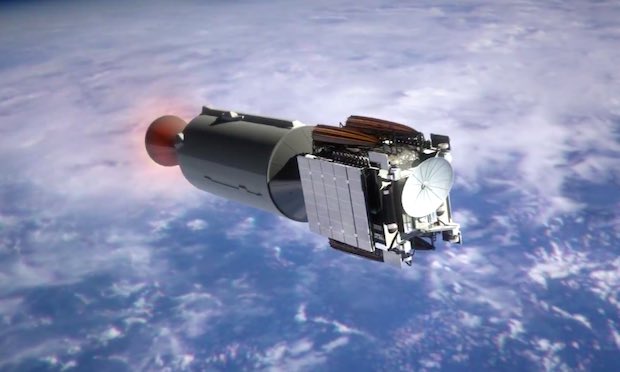NOTE: Updated after scrubs Sunday and Monday.
SpaceX’s Falcon 9 rocket is set for liftoff from Cape Canaveral on Wednesday evening, heading due east over the Atlantic Ocean to deliver the Intelsat 35e communications satellite into orbit 32 minutes later.
The 229-foot-tall (70-meter) rocket is poised for launch from pad 39A at NASA’s Kennedy Space Center in Florida at 7:37 p.m. EDT (2337 GMT) Wednesday at the opening of a 58-minute launch window.
Perched atop the rocket is the Intelsat 35e communications satellite, a spacecraft made by Boeing in El Segundo, California, ready to beam video, broadband Internet and data across the Americas, the Caribbean, the Atlantic Ocean and Europe.
The 14,905-pound (6,761-kilogram) spacecraft is the heaviest geostationary satellite ever launched by SpaceX, requiring all of the Falcon 9’s fuel capacity to reach an elliptical transfer orbit high above Earth. The heavy payload will prevent the Falcon 9’s first stage from attempting a landing.
The timeline below outlines the launch sequence for the Falcon 9 flight with Intelsat 35e, SpaceX’s 10th mission of the year, and the 38th Falcon 9 launch since the first version of the rocket debuted in June 2010.
Data source: SpaceX
T-0:00:00: Liftoff

T+0:01:10: Mach 1

T+0:01:18: Max Q

T+0:02:42: MECO

T+0:02:46: Stage 1 Separation

T+0:02:53: First Ignition of Second Stage

T+0:03:39: Fairing Jettison

T+0:08:37: SECO 1

T+0:26:18: Second Ignition of Second Stage

T+0:27:10 SECO 2

T+0:32:01: Intelsat 35e Separation

Email the author.
Follow Stephen Clark on Twitter: @StephenClark1.



